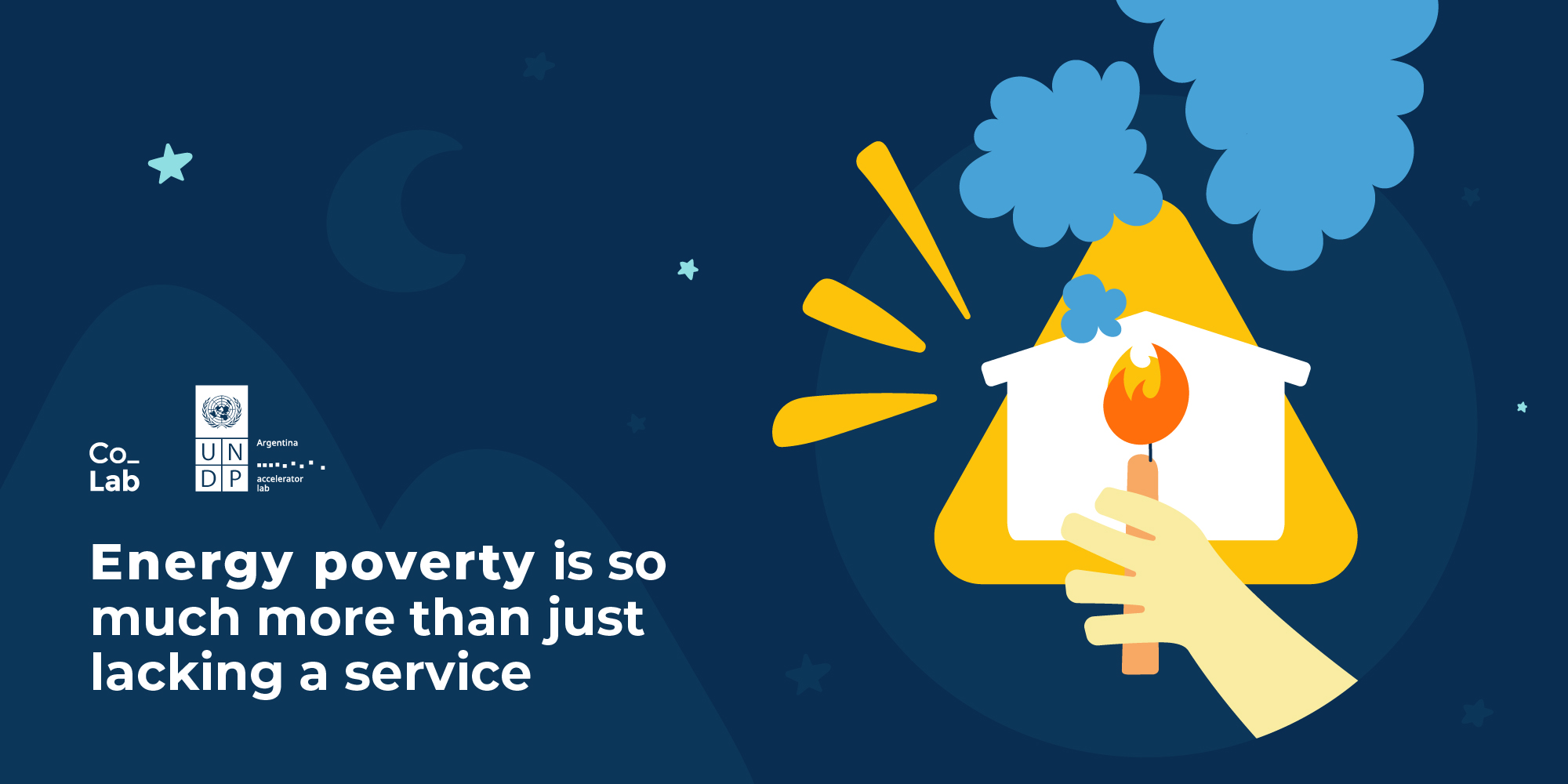There are those who still have no access to energy and face multiple difficulties in carrying out basic, daily life tasks
Energy poverty is so much more than just lacking a service
8 de Mayo de 2023

Energy poverty cover
Many people take energy for granted. When they need light, they turn on a switch. When they need hot water, they turn on the faucet. When they need to cook, they light a stove. When they need to charge their mobile phone, they plug it in, and so on. However, there are those who still have no access to energy and face multiple difficulties in carrying out these basic, daily life tasks. But energy poverty goes beyond a lack of access and has several consequences that affect the quality of life of the people who suffer from it.
The lack of safe/efficient access to energy poses risks to our health. Inefficient or risky forms of energy consumption have serious health implications, some with an immediate and some with a long-term impact. For example, many families who do not have the possibility of using hot water for sanitation, heat water in jugs in order to do so, and are thus more exposed to burns, or heat it by using electricity, increasing the danger of electrocution or fire. In addition, smoke inhalation indoors can have an impact on their respiratory systems.
Energy poverty equals food poverty. The impact of the former on the latter is evident in a large number of households as, when preparing the food they will bring to the table, many people think about which cook faster and, therefore, consume less energy, for example, from their gas cylinders. In line with the first point, cooking difficulties are also associated with malnutrition.
Energy takes time. The time dimension of energy supply is an element that weighs heavily on the lives of people suffering from energy shortages. This dimension includes everything from the time involved in collecting and carrying firewood to the opportunity costs to be paid. For example, those who do not have lighting solutions -beyond solar energy- have fewer hours of activity (time dedicated to working, studying, etc.).
The savings are not only in terms of energy, but also money. The design of the buildings and the materials used can be allies in the fight for energy efficiency, allowing greater savings and gains. In contrast, energy is a key aspect of household economy for vulnerable families. People living in substandard housing may spend a significant portion of their income on cooking or heating and lighting their living spaces.
Now, there is an opportunity. Renewable energy sources (from sun and wind to biomass) are constantly being generated, and are abundant and present in different ecosystems . For example, where solar radiation is low, wind could be used. Hence, the task of mapping renewable energy solutions (a global campaign promoted by the UNDP Accelerator Lab network) involved paying attention to how the initiatives on a decentralized scale are implemented. We found many elements that play an important role, such as creativity, the resources at hand, innovation and social organization, free technologies and the exchange of knowledge between technical teams and the people dealing with fuel poverty. In particular, it is crucial to form teams with interdisciplinary approaches - including both technical knowledge related to technologies and other specialized knowledge in relation to health, gender perspective, social economy, management approaches and participatory research, etc. - which, in turn, value the plurality of voices and experiences. Along this path, the forms of articulation vary and include from iteration in the design of prototypes, to the involvement in the development of participatory action and research projects, diagnostics or participatory management, and workshops, among others. Thus, sustainable solutions focused on people and their communities are being molded, which do not usually have linear paths or always end with the implementation of technologies.
___________________________________________________________________________________________
(1) I am grateful for the valuable contributions of Martina Cuesta García and Julieta Mulki.
(2) Economic and Social Commission for Asia and the Pacific [ESCAP], (2012). Fact Sheet 14. Decentralized energy system. Available at: https://www.unescap.org/sites/default/files/14.%20FS-Decentralized-energy-system.pdf

 Locations
Locations